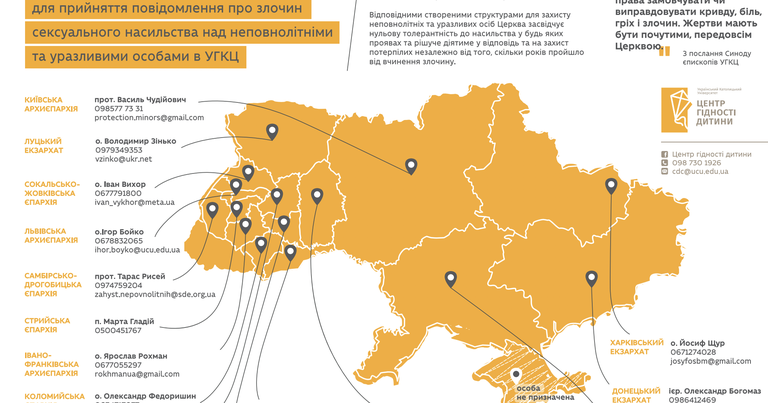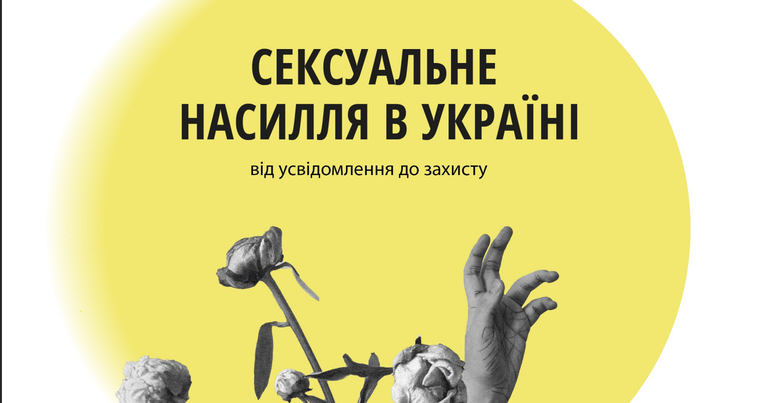Self-Assessment Tool for a Child-Safe and Child-Friendly Church Environment
For your activity to be successful, it is essential to periodically review what and how steps were taken, whether the goals were achieved and further actions. The key objective of creating a child-friendly environment is children’s safety and integration.
As part of the “Child-Friendly Church” project, we have prepared a dedicated self-assessment form to help you:
- thoroughly analyze your work with children from the perspectives of safety and integration into parish life — either individually or with a team;
- evaluate your current child safeguarding measures;
- identify your strengths and weaknesses in this area;
- generate new ideas or improve existing initiatives at the parish or organizational level;
- outline areas for growth and determine where additional support is needed;
- build a long-term strategy for working with children.
The form is based on eight key goals that serve as guiding principles for self-assessment. To develop these goals, we first examined academic works from Orthodox, Catholic, and Protestant churches on the subject. We also conducted our own research, including focus groups involving 55 lay adults, 5 children, and 20 clergy members of the Ukrainian Greek-Catholic Church (UGCC). This process helped us crystallize indicators of a church that is child-friendly according to both clergy and laity.
By using this self-assessment tool, you will receive practical advice, recommendations, and free resources to help your parish or organization enhance its efforts toward creating a safe and child-friendly environment.

“A child-friendly Church does more than merely teach. It sees the needs of the child, mother, and family and tries to address them.”


